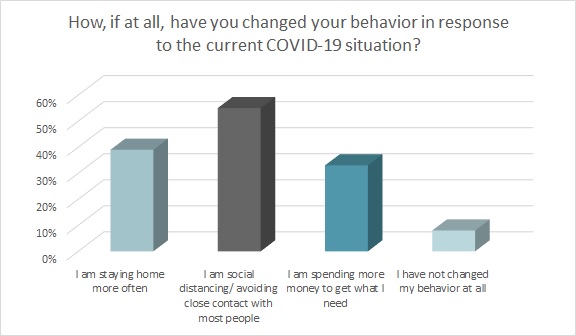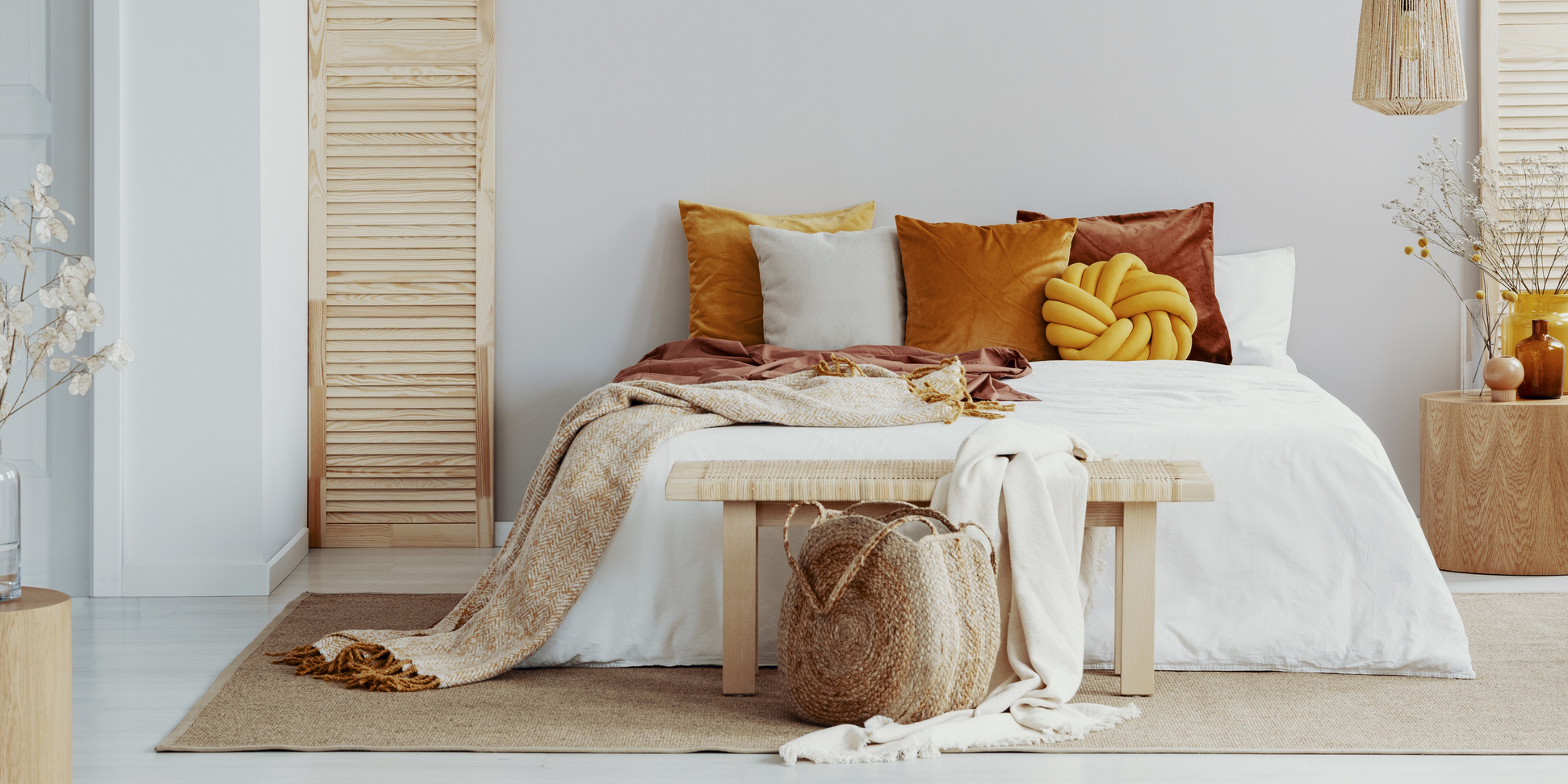“Home is where we should feel secure and comfortable.” — Catherine Pulsifer, author
After two years of spending a lot of time at home, who could blame consumers if they wanted to abandon their abodes to spend as much time as possible getting out and about, now that most of the country has lifted or is easing COVID restrictions? While that may be the case, home still represents a space of safety and peace from the outside world. Only now, there’s an updated sensibility being reflected in 2022’s home textile trends.
Globalization is now enabling easy and wide availability of such decorative items, designs and ideas to consumers. Homeowners are also realizing the need of such items and are often searching for them to keep their homes more attractive and organized.”
Home Decor Market: Global Industry Trends, Share, Size, Growth, Opportunity and Forecast 2022-2027
Research and Markets report
IMM Cologne presents trade fairs for the furniture and interior sectors. In its online magazine, it explains how consumers are adapting and searching for constancy.
“Before the pandemic, our homes were just one part of our lives,” IMM Cologne states in its magazine article. “The coronavirus pandemic changed all that. Many people spent more time within their own four walls than ever before – our homes took on a central role in our lives. ‘Home living’ became an inescapable theme last year. In times when instability seems to be everywhere, many people switch their focus to the essentials and crave security and peace, turning their homes into a natural refuge where they can recharge their batteries.”
About 4 in 10 consumers (39 percent) say they’re still staying home more often in response to the current COVID-19 situation (new variants, current transmission rates), according to the Cotton Incorporated Coronavirus Response Survey (Wave 9, December 2021).

All of this home time continues to spur a consumer desire to cocoon, nest, and refresh their dwellings, which has been a boon to the home textiles industry. The global market for home decor reached $682 billion in 2021, according to a recent Research and Markets report. It’s expected to reach $893 billion by 2027, with a CAGR of 4.8 percent.
“Home decor has been gaining prominence across both developed and developing markets,” the Research and Markets report states. “Globalization is now enabling easy and wide availability of such decorative items, designs and ideas to consumers. Homeowners are also realizing the need of such items and are often searching for them to keep their homes more attractive and organized.”
The Research and Markets report says the home decor market has benefitted from rising levels of disposable incomes, recovery of the real estate industry, increasing urbanization rates, and rising awareness levels gained through online shopping. Ecommerce, the report states, has made products “easily available, affordable and convenient to buy.”
The online growth in the category makes sense, as nearly half of all consumers (45 percent) say they’re shopping online in an effort to avoid potential exposure to COVID, according to the Coronavirus Response Survey (Wave 9).
Of course, a lot of consumers are still working from home, which has them inside a lot. That may be why shoppers are now finding searching for ways to bring nature into their home decor, according to IMM Cologne.
“It’s a matter of creating a symbiosis between natural materials, colors and textiles to infuse rooms with a warm atmosphere. Soft textures, amorphous shapes and muted earthy tones define the home textile trends for 2022,” states the IMM Cologne article. Natural materials are paired with outdoor patterns like florals, organic patterns, and organic camouflage, which takes its color cue from sandy beach, the sea, or the forest.
As it stands, most consumers (74 percent) love or enjoy shopping for home textile products, according to Cotton Incorporated’s 2020 U.S. Homes Textiles report (February 6, 2020). Popular items include bath towels, which the majority purchases at least once each year (85 percent), if not every six months (24 percent), every quarter (24 percent) or even every month (14 percent). Shoppers also purchase sheets at least once a year (79 percent), as well as bedding like comforters and duvets (65 percent) and blankets (67 percent).
Overall, consumers prefer cotton for their bath towels (73 percent), sheets (62 percent), bedding (53 percent) and blankets (54 percent), according to the 2020 U.S. Home Textiles report. And nearly half of all shoppers (48 percent) check the fiber content of their home textiles before they make their purchase.
Nearly 6 in 10 consumers (58 percent) say it’s important that they know the fiber content of their home textile products, according to the 2020 U.S. Home Textiles report. When it comes to an item like a bath towel, consumers say fiber content makes a difference in how soft and fluffy it feels (41 percent), the item’s quality (39 percent), how well it absorbs and dries (33 percent), how well it washes clean (32 percent), and the item’s comfort (29 percent).
In merchandise such as sheets and bedding, consumers say quality products can help them sleep better (82 percent), according to the 2020 U.S. Home Textiles report. Additionally, they’re willing to pay a little more money to get higher-quality home textiles (76 percent). And more than three-quarters of all consumers (77 percent) say they want their home textiles to be environmentally friendly.
According to Cotton Incorporated’s 2022 Lifestyle Monitor™ Survey, consumers find cotton to be the most sustainable/environmentally friendly (76 percent), a figure that is far higher than consumer ratings for polyester (10 percent) or rayon (15 percent).
“Every year, the textile trends for the home trigger new momentum in the interior design industry. And they have perfectly captured the spirit of the times this year, too,” the IMM Cologne article states. “With its focus on natural and sustainable materials, the textile sector is demonstrating a clear paradigm shift by recognizing that nature must be protected if we’re to continue drawing inspiration from it.”
